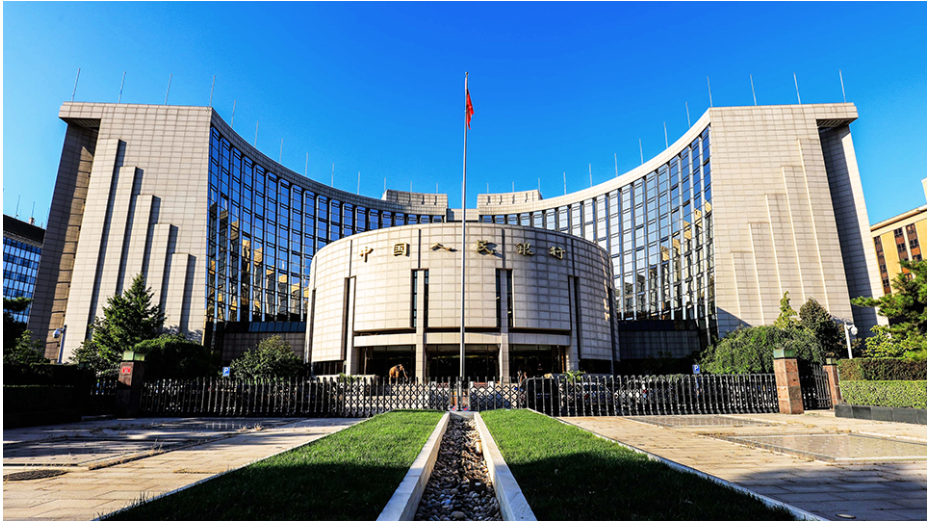Den kinesiske centralbank har sænket den ét-årige rente med 20 basispoint til 3,85 pct. Centralbanken har tidligere sagt, at den er imod ultra-lave renter, og den afviger fundamentalt fra nulrentepolitikken i Vesten. Men er der alligevel lagt op til flere rentesænkninger?
Uddrag fra ING:
China: How many more rate cuts to come?
China cut the 1Y Loan Prime Rate (LPR) by 20bps today to 3.85%. We expect more rate cuts. The question is, at what level will the rate cuts stop as the central bank has announced that it does not agree with an ultra-low interest rate policy? How low is ultra-low?
Rate cuts seen in the three policy interest rates altogether
China cut the 1Y Loan Prime Rate by 20bps today, which is the last part of the “set” of rate cuts, including recent 20bps cuts in the 7D reverse repo and 1Y Medium Lending Facility. These policy rates, namely, the 7D reverse repo, 1Y Medium Lending Facility (MLF) and 1Y Loan Prime Rate (LPR), are now at 2.2%, 2.95%, and 3.85%, respectively.
Is there a bottom to PBoC policy rates?
The People’s Bank of China has voiced that it does not agree with an ultra-low interest rate policy. As such, we do not expect the central bank to cut interest rates to a level that is ultra-low. But how low is ultra-low?
The 7D reverse repo has already gone beyond its previous historical low of 2.25% during 2016, and the same is true for the 1Y MLF, which was at 3% during 2016. The 1Y LPR is a new policy rate that replaces the benchmark lending rate. Even the old 1Y benchmark lending rate did not reach the current 1Y LPR’s 3.85% level.
In other words, the current policy rates are at their lowest levels ever for their histories.
Assuming that each cut from now on to the end of Covid-19 is 20 bp, and there is a cut each month, then the 7D reverse repo will reach 1% in September (the last cut of the 7D reverse repo was on 31 March). No one knows if the Covid-19 crisis will end completely by September, but it is almost certain that the damage to the economy will linger for another six months or so from now.
PBoC to rely more on RRR cuts
From the above assumption, September should mark the point when the PBoC hits the “ultra-low” interest rate level. After that, the PBoC may need to rely more on reserve requirement ratio (RRR) cuts than rate cuts. The PBoC may use RRR cuts more than rate cuts before September to delay its policy rates touching ultra-low levels.
And, we expect the trade war and the technology war to return after Covid-19 cases subside in the US. By then, the Chinese economy will need another round of monetary policy support. There is a strong argument for the PBoC to save some ammunition for further rate cuts. That would mean the central bank may not cut the 7D reverse repo all the way to 1% by September.
But there is a problem relying on RRR. The RRR for small deposit companies and the smallest banks is already low at 6%. It would not increase loan growth a lot by cutting the RRR for the smallest banks.
China’s biggest banks face a RRR of 12.5%, which is still high. We believe that the central bank can cut the RRR of the big banks to release liquidity. If this were done together with fiscal support for government guarantees of SME loans, then SMEs and employment could stabilise.
Forecasts
By the end of 2020, the PBoC policy interest rates and RRR are projected at:
7D reverse repo 1.5%; 1Y Medium Lending Facility 2.45%; 1Y Loan Prime Rate 3.35%; RRR for the smallest banks 3.5% and RRR for the biggest banks 9.5%.
For USDCNY forecasts, we have revised to 7.15, 7.0 and 6.9 by the end of 2Q, 3Q and 4Q20, respectively with the downgrade of GDP forecasts.


